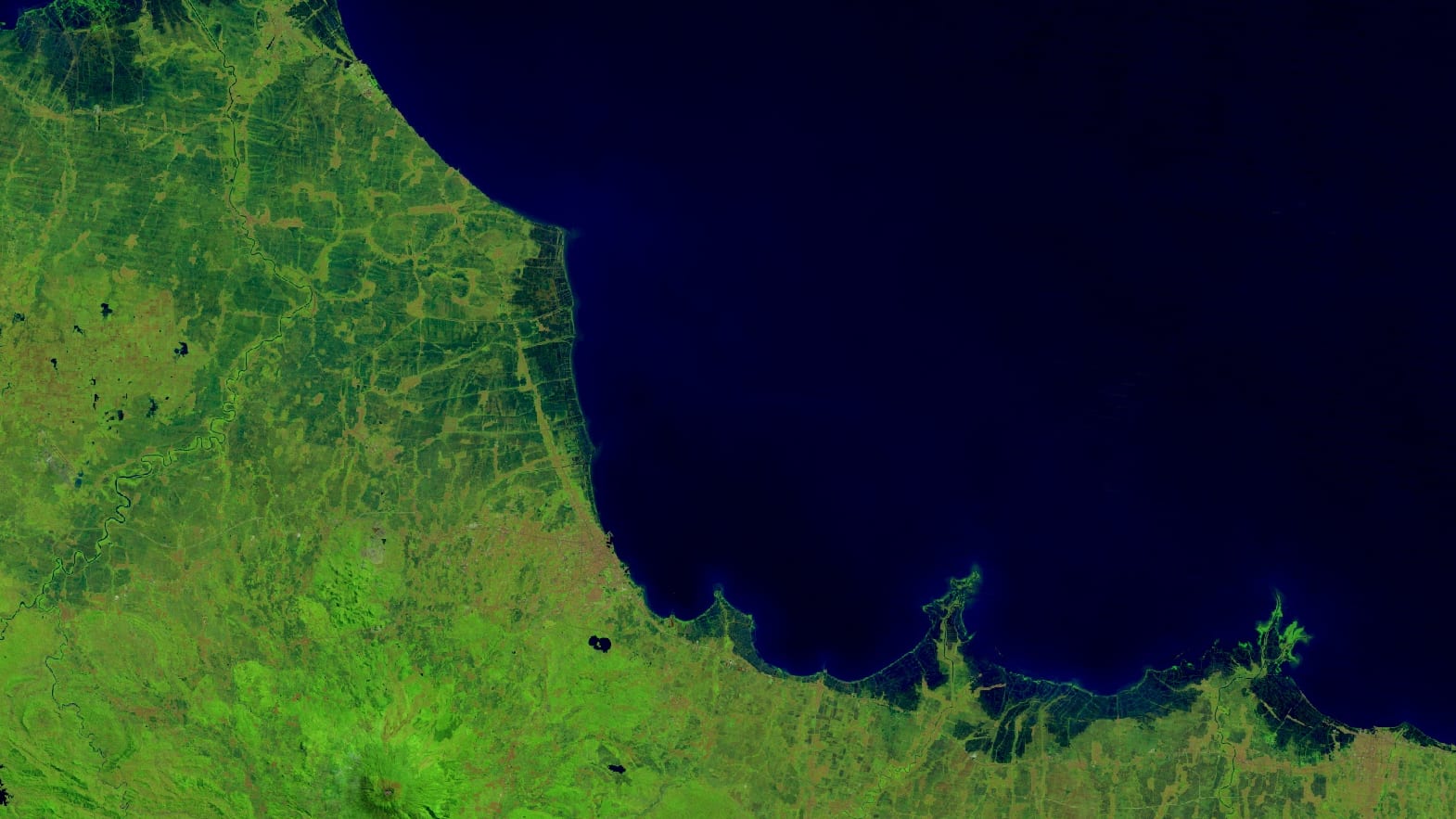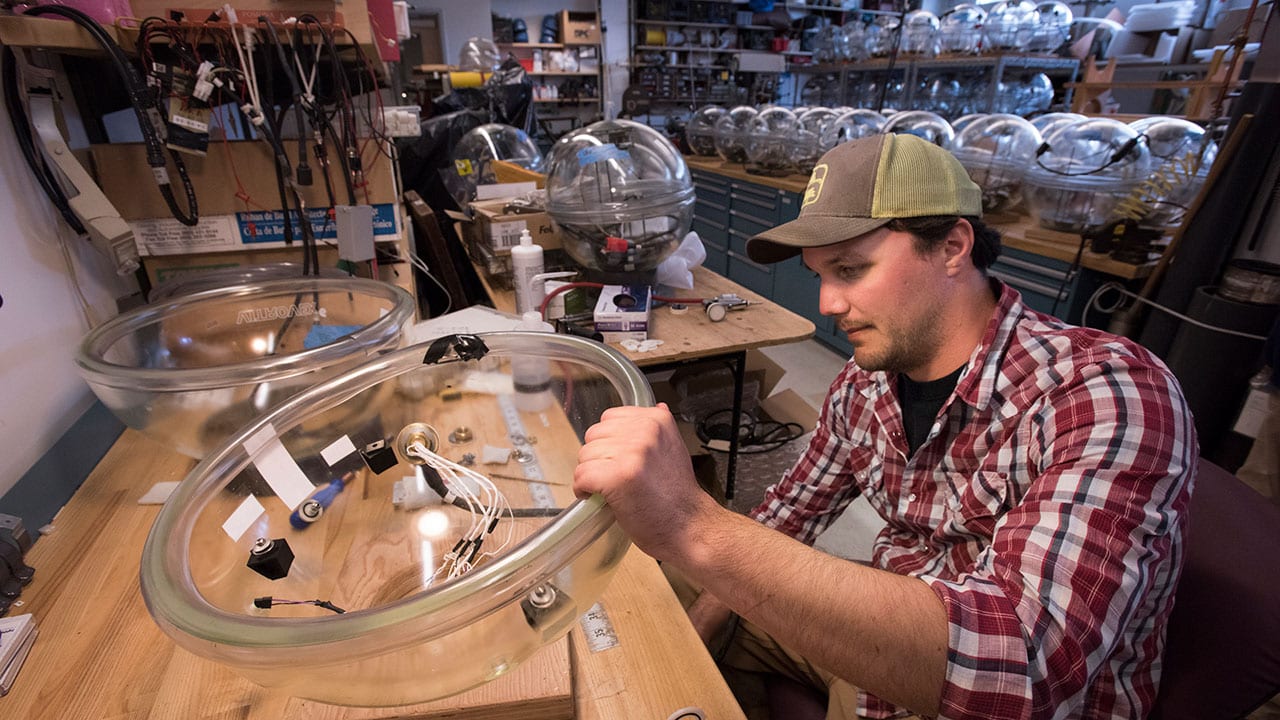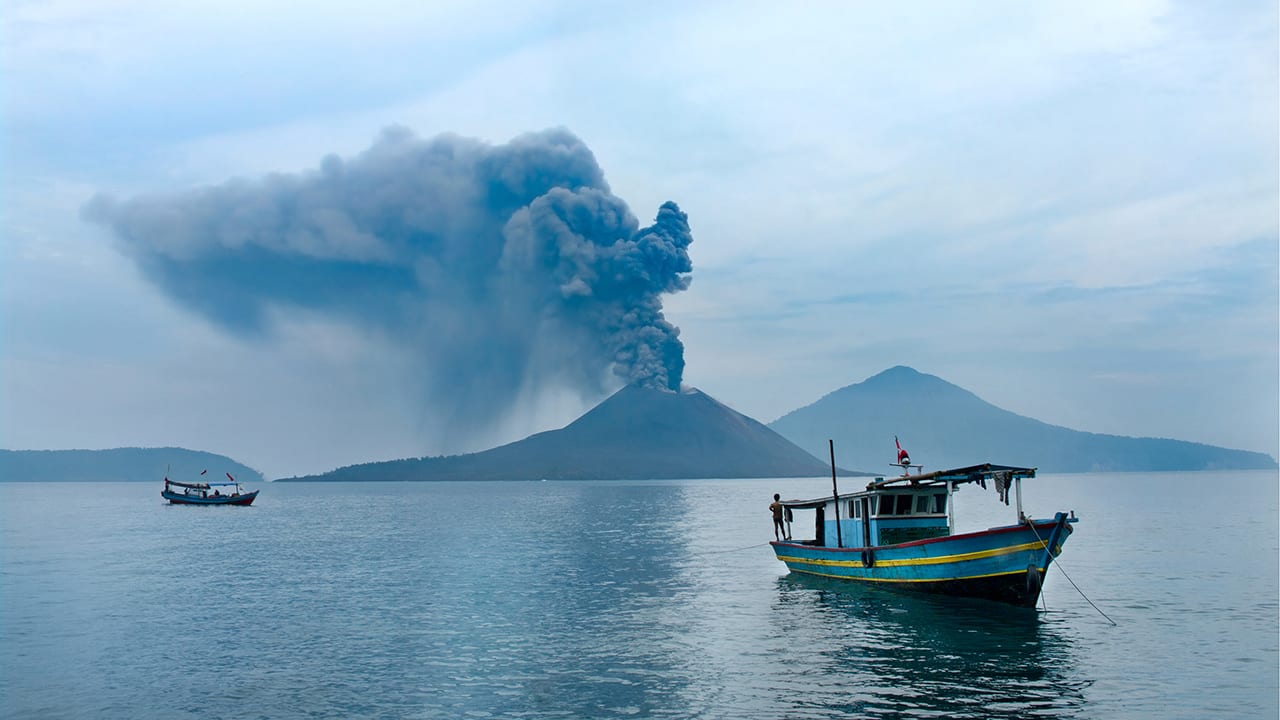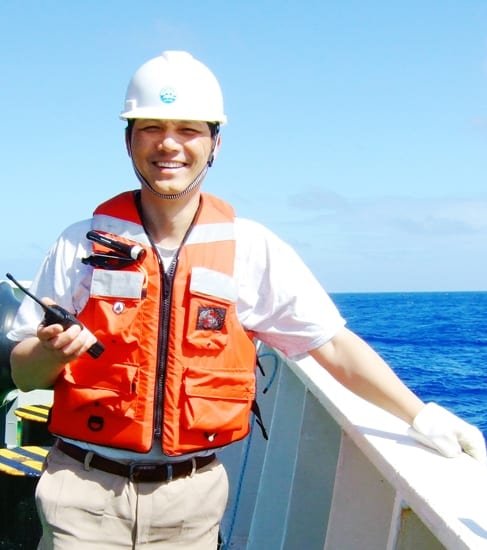News Releases
Major Caribbean Earthquakes and Tsunamis a Real Risk
A dozen major earthquakes of magnitude 7.0 or greater have occurred in the Caribbean near Puerto Rico, the U.S. Virgin Islands and the island of Hispaniola, shared by Haiti and…
Read MoreUndersea Cracks along Continental Shelf Could Trigger Tsunamis along U.S. East Coast
Potential landslides on the outer continental shelf and slope along the Mid-Atlantic coast could trigger tsunamis that might have devastating effects on populated coastal areas. In a paper published in the May 2000 issue of the journal Geology,Neal Driscoll of the Woods Hole Oceanographic Institution and colleagues Jeffrey Weissel of Columbia University??A?s Lamont-Doherty Earth Observatory and John Goff of the University of Texas at Austin say newly discovered cracks along the edge of the continental shelf could be an early warning sign that the seafloor is unstable in these areas.
For now, river deltas gain land worldwide
Delta areas worldwide have gained land in the past 30 years, despite river damming. However, recent land gains are unlikely to last throughout the 21st century due to expected, accelerated sea-level rise.
Read MoreWHOI Chosen as Location of New NSF-funded Ocean Bottom Seismograph Instrument Center
The National Science Foundation (NSF) has announced that the Woods Hole Oceanographic Institution (WHOI) will operate a new center to provide seafloor seismographs and technical support to the U.S. academic…
Read MoreVolcanic Arcs Form by Deep Melting of Rock Mixtures
A new study published in the journal Science Advances changes our understanding of how volcanic arc lavas are formed, and may have implications for the study of earthquakes and the risks of volcanic eruption.
Read MoreDiverse Corals Persist, But Bioerosion Escalates in Palau’s Low-pH Waters
As the ocean absorbs atmospheric carbon dioxide (CO2) released by the burning of fossil fuels, its chemistry is changing. The CO2 reacts with water molecules, lowering ocean pH in a process known as ocean acidification. This process also removes carbonate ions, an essential ingredient needed by corals and other organisms to build their skeletons and shells.
Read MoreWHOI Receives $150,000 Grant from Tower Foundation
The Peter and Elizabeth C. Tower Foundation has awarded the Woods Hole Oceanographic Institution (WHOI) a $150,000 grant that will help fund a three-year collaborative project with Cape Abilities—a nonprofit organization dedicated to finding good jobs for Cape Cod residents with disabilities.
Read MoreWHOI to Host Public Event on Fukushima and the Ocean
Japan’s “triple disaster,” as it has become known, began on March 11, 2011, with a magnitude 9.0 earthquake—the fourth largest ever recorded. Following the quake, a 40 to 50-foot tsunami…
Read MoreWHOI Receives $1Million from Keck Foundation for First Real-Time Seafloor Earthquake Observatory at Cascadia Fault
One of the most dangerous faults in North America is the Pacific Northwest’s Cascadia fault – an offshore, subduction zone fault capable of producing a magnitude 9 earthquake that would damage Portland, Tacoma, Seattle, and Victoria, British Columbia, and generate a large tsunami. Yet there are currently no instruments installed offshore, directly above the fault, for measuring the strain that is currently building up along the fault.
But a recent $1 million grant from The W. M. Keck Foundation to scientists at the Woods Hole Oceanographic Institution (WHOI) will change that. An interdisciplinary project led by WHOI geologist Jeff McGuire, an expert in global earthquake seismology and geodesy, and John Collins, director of WHOI’s Ocean Bottom Seismometer Lab, will build and install the first seafloor geodesy observatory above the expected rupture zone of the next great Cascadia earthquake.
WHOI Experts Stress Lessons From Japan Earthquake
While JapanÃÂÃÂÃÂÃÂÃÂÃÂÃÂÃÂs 9.0-magnitude earthquake and accompanying tsunami represent a devastating natural disaster for the countryÃÂÃÂÃÂÃÂÃÂÃÂÃÂÃÂs residents, scientists should also seize upon the massive temblor as an important learning tool for future quakes around the world, including the Pacific Northwest coast of the United States, according to experts from the Woods Hole Oceanographic Institution (WHOI).
Read MoreChile Quake Occurred in Zone of “Increased Stress”
The massive, 8.8-magnitude earthquake that struck Chile Feb. 27 occurred in an offshore zone that was under increased stress caused by a 1960 quake of magnitude 9.5, according to geologist Jian Lin of the Woods Hole Oceanographic Institution (WHOI).
Read MoreNew Tsunami Education Web Site Developed by Oceanographers
Scientists and Web developers at the Woods Hole Oceanographic Institution (WHOI) have created a new educational Web site with crucial tips on how to prepare for and survive a tsunami.…
Read MoreJian Lin Named a Fellow of the American Association for the Advancement of Science
Jian Lin of the Woods Hole Oceanographic Institution (WHOI) has been named a fellow of the American Association for the Advancement of Science (AAAS). Election as a fellow is an…
Read MoreReal-Time Seismic Monitoring Station Installed Atop Active Underwater Volcano
This week, researchers will begin direct monitoring of the rumblings of a submarine volcano in the southeastern Caribbean Sea. On May 6, a team of scientists led by the Woods…
Read MoreLessons from the 2004 Indian Ocean Tsunami Topic of Public Forum
How coastal communities manage risks associated with major tsunamis is an issue of global importance following the devastating 2004 Indian Ocean tsunami that killed an estimated 200,000 people and caused…
Read MoreNew Underwater Volcano Found Near Samoa
An international team of scientists, led by researchers at the Woods Hole Oceanographic Institution, Scripps Institution of Oceanography, University of Oregon and University of Sydney, has discovered an active underwater…
Read MoreScientists Plug Into Power and Communications ‘Outlet’ on the Seafloor
Scientists and engineers from the Woods Hole Oceanographic Institution (WHOI) and colleagues have successfully created the first permanent deep ocean seafloor observatory in the United States by connecting a junction…
Read More



